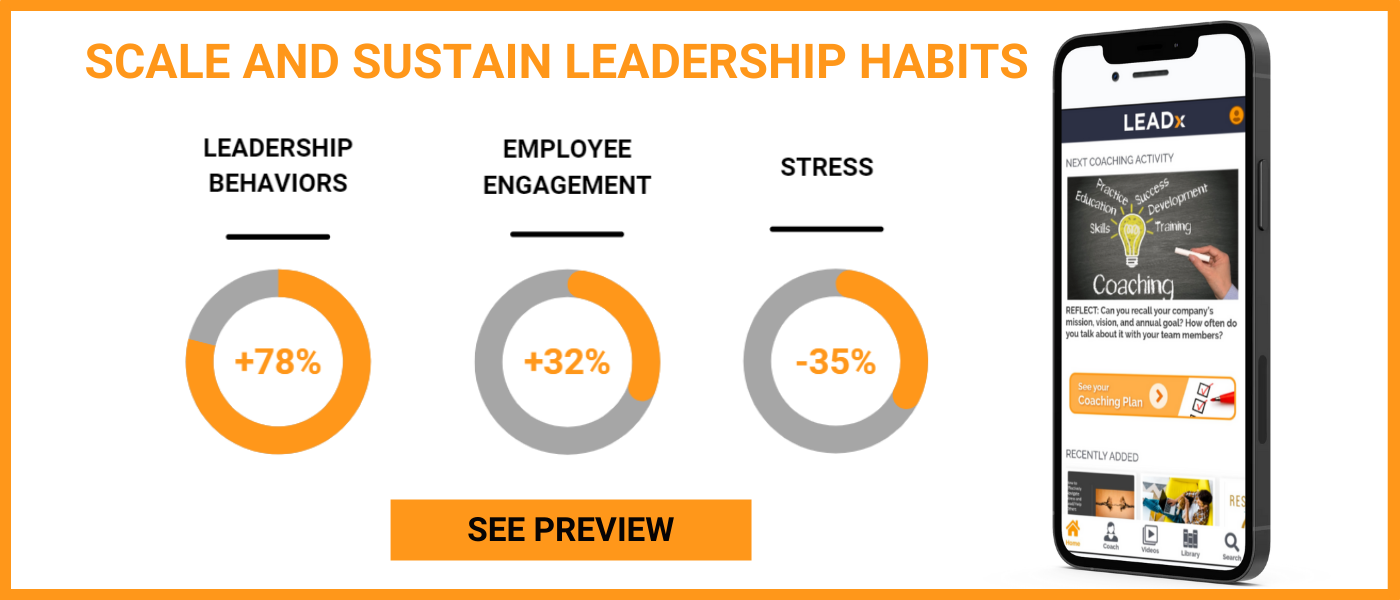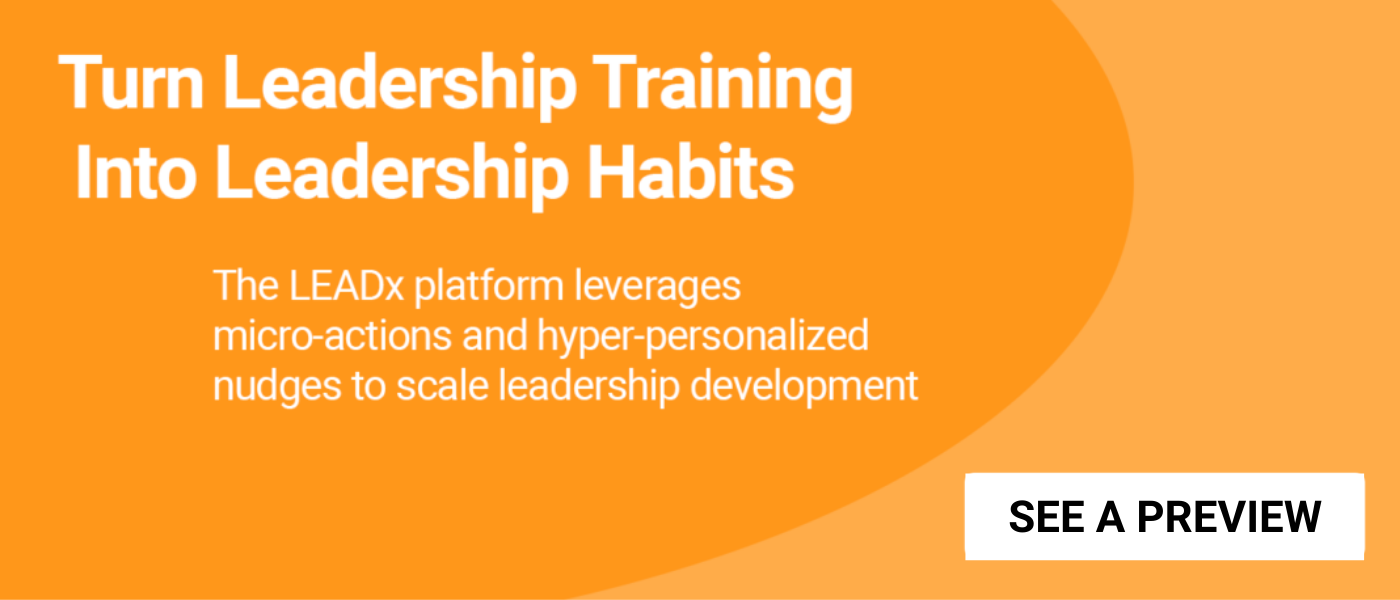
It’s time for all organizations to follow Google CEO Sundar Pichai’s lead and launch an internal Productivity Sprint.
Last year, after announcing record sales but also slower growth and lower earnings, Pichai told employees in a town hall that the company was launching a company-wide initiative to ideate ways to improve productivity and efficiency.
 “It’s clear we are facing a challenging macro environment with more uncertainty ahead. There are real concerns that our productivity as a whole is not where it needs to be for the headcount we have,” he said. “We need to create a culture that is more mission-focused, more focused on our products, more customer-focused.”
“It’s clear we are facing a challenging macro environment with more uncertainty ahead. There are real concerns that our productivity as a whole is not where it needs to be for the headcount we have,” he said. “We need to create a culture that is more mission-focused, more focused on our products, more customer-focused.”
A 3-Question Survey on Focus & Productivity
Calling it a “Simplicity Sprint” (perhaps less threatening than calling it a Productivity Sprint), and delivered as a survey, 174,000 employees were asked three questions:
- What would help you work with greater clarity and efficiency to serve our users and customers?
- Where should we remove speed bumps to get better results faster?
- How do we eliminate waste and stay entrepreneurial and focused as we grow?
Good ideas will be followed up on, which should “get better results faster,” Pichai said.
Why “Sprint” Is The Right Approach
Originally a term related to an “agile” approach to software development, a “sprint” is a fixed period of time—typically between two and four weeks—in which a defined set of activities take place and at the end of which a product increment is created. This is contrasted with previous approaches in which the goal was to develop much larger chunks of software over longer periods of time.
Now applied to any workstream, the word “sprint” implies a rapid approach to solving a well-defined problem. In theory, instead of employees rolling their eyes at yet another year-long culture initiative that never takes hold and gets replaced with another flavor of the month, sprint sends the signal that this is starting fast and will be over soon.
Cover For Layoffs?
Of course, when employees hear that they need to be more efficient and productive and that growth is slowing, they naturally will begin to fear layoffs. Unfortunately, only two quarters after announcing the Simplicity Sprint, Google announced that it was cutting about 6% of its workforce, eliminating 12,000 jobs.
While cynics will suggest that the Simplicity Sprint was merely cover for the impending layoffs (i.e., “we’ve tried everything else first and so layoffs are a last resort”), the reality of layoffs in no way diminishes the potential value of the sprint. What matters of course is the execution of the project itself including these factors:
- What percent of the employees will complete the survey?
- Will they answer it honestly or with fear?
- How will the results be compiled, and how quickly will they be shared?
- How will the best ideas be percolated to the top?
- Who will be accountable for making changes?
- How will progress be measured?
Why Most Companies Should Follow Google’s Lead
All organizations entered 2023 with apprehension over the economic climate; 73% of CEOs believe we’ll be in a recession in the next 12 months according to PwC’s 26th Annual Global CEO Survey. Uncertainty over the impact of work-from-home and hybrid policies adds to productivity concerns.
And regardless of the above points, which are timely, most organizations of any size have built up policies, procedures, meeting rhythms, and layers of management that may have outlived their usefulness.
As Pichai told Google employees, “We should think about how we can minimize distractions and really raise the bar on both product excellence and productivity.”
Take Action
If you are a CEO, CFO, or CHRO, consider these steps:
- Analyze your “per headcount” measures; are they going up or down?
- Where are they up, and where are they down? How do your metrics compare to others in your industry? How do they compare to pre-pandemic measures?
- Share the results with employees.
- Ask them to identify issues and co-create solutions.
- Identify top-performing individuals and teams and use them to coach and inspire others.
- When it comes to individual productivity, focus on meeting efficiency, which is related to both productivity and employee satisfaction.
- Track improvements over time; share the results.






